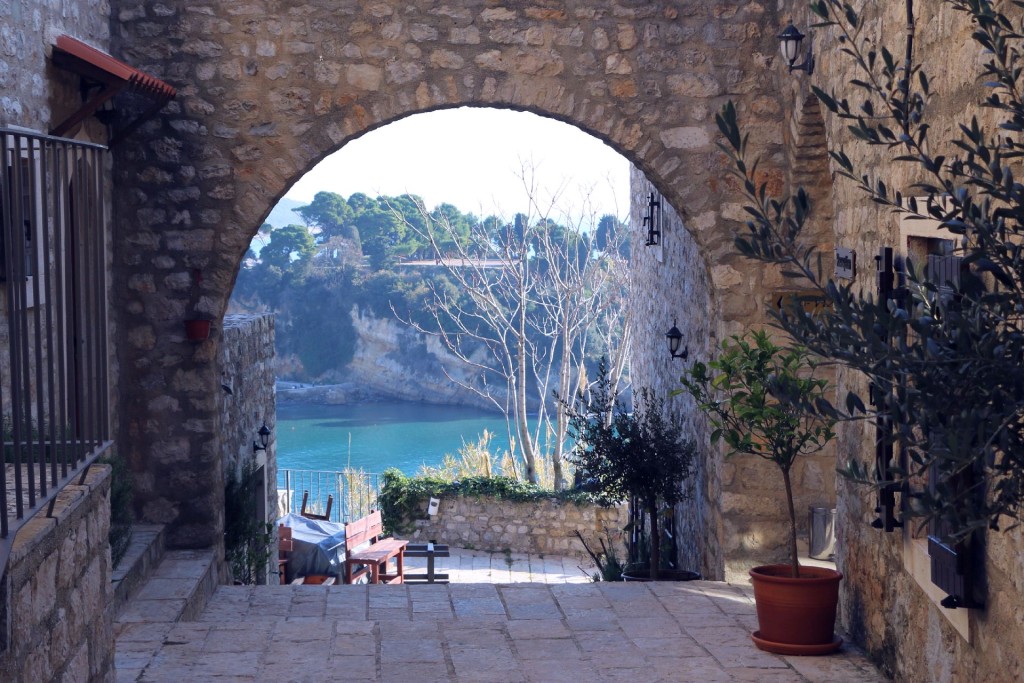 I still remember the first time I visited Ulcinj. Can you imagine that I spent my summer holidays there – with my parents – more than fifty years ago? We stayed in the famous Galeb Hotel and spent the days on the sandy beach, as most tourists did in those times. Yugoslavia was a popular tourist destination and Ulcinj was overcrowded with German, British and Dutch tourists.
I still remember the first time I visited Ulcinj. Can you imagine that I spent my summer holidays there – with my parents – more than fifty years ago? We stayed in the famous Galeb Hotel and spent the days on the sandy beach, as most tourists did in those times. Yugoslavia was a popular tourist destination and Ulcinj was overcrowded with German, British and Dutch tourists.
Many things have changed in the meantime: the 1979 earthquake destroyed the Old Town and after the latest Balkan Wars, tourism almost disappeared.
When we visited Ulcinj this weekend, it was a big surprise to see that the last few decades have brought about a substantial tourism boom in this part of the Montenegrin Coast. This can be seen, first of all, in the Old Town, once dilapidated, but now – off-season – looking like one big construction site.
With its impressive citadel-fortress and two entrance gates, beautiful palaces and stone houses, cobbled streets and charming squares, the 2,500 years old Old Town Fortress (Stari Grad Kalaja) represents a cultural-historical monument of invaluable significance.
How nice to see that most restoration and renovation works are now being performed according to strict building rules, respecting the historical heritage (photo 1). The Old Town will mainly consist of interesting restaurants and traditional hotels and this will certainly contribute to the upgrading and prolongation of the tourist season (photo 2).
Unfortunately, it was hard to overlook one construction site that heavily disturbs the townscape: just compare two photos of the cliff at the place where the weapon storage is located (photo 3 + 4). The first one was taken 5 years ago…
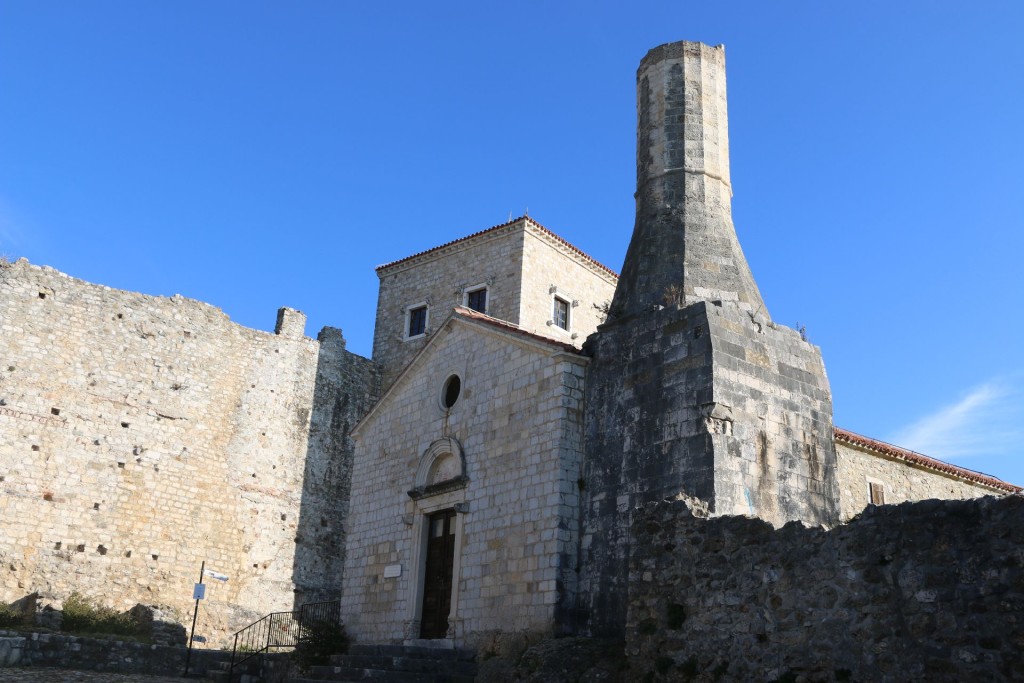 Exploring the labyrinth of narrow streets and steps with their uneven cobblestones, we found a small museum with a church from 1510 that was converted into a mosque in 1693 (photo 5). Unfortunately, the museum was closed, but we could see the Slave Square, surrounded by arches. There is an interesting story about this place: In the 17th century, Ulcinj became an important slave market. The slaves – most of them coming from Italy and Dalmatia – were captured by Ulcinj pirates. They were not sold, but kept in prison with the aim to get ransom from their family or friends. One century later, the situation changed: slaves from Africa were sold at the market place. But later, some of them also stayed here as free citizens. There is still a small community of their descendants living in Ulcinj.
Exploring the labyrinth of narrow streets and steps with their uneven cobblestones, we found a small museum with a church from 1510 that was converted into a mosque in 1693 (photo 5). Unfortunately, the museum was closed, but we could see the Slave Square, surrounded by arches. There is an interesting story about this place: In the 17th century, Ulcinj became an important slave market. The slaves – most of them coming from Italy and Dalmatia – were captured by Ulcinj pirates. They were not sold, but kept in prison with the aim to get ransom from their family or friends. One century later, the situation changed: slaves from Africa were sold at the market place. But later, some of them also stayed here as free citizens. There is still a small community of their descendants living in Ulcinj.
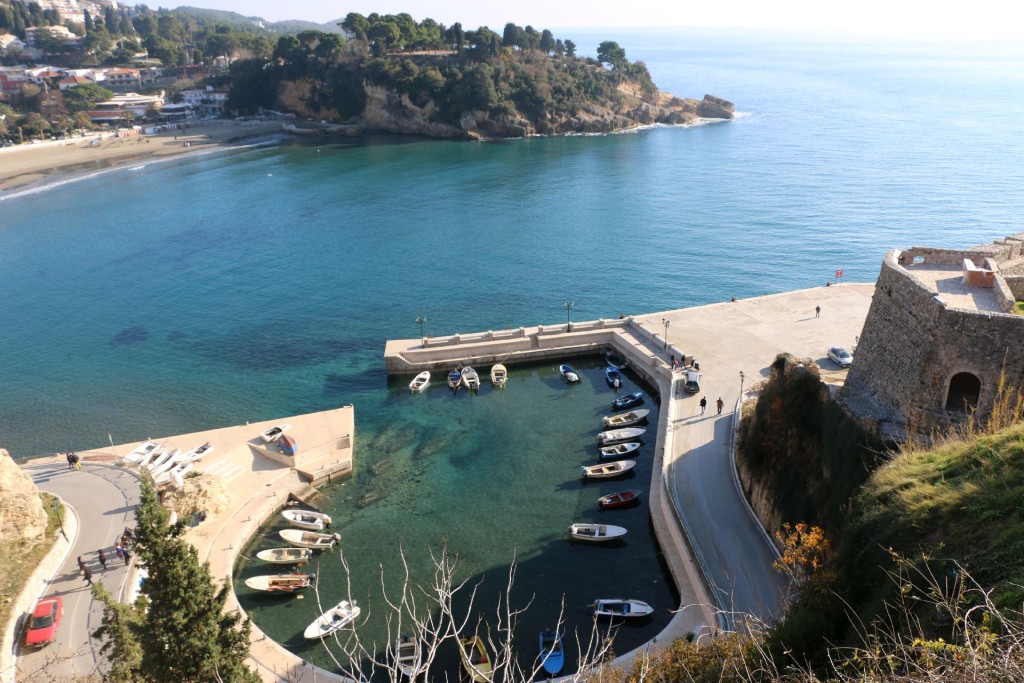 After a nice walk through the narrow streets of the Old Town, we found our way back, admiring the new semicircular port built at the foot of the Old Town (photo 6). But also the new part of Ulcinj offers several cultural and historical monuments, e.g. the rectangular Clock Tower from 1754, and, in its immediate surroundings, the Mosque of Namazgjahu, built in the beginning of the 18th century (photo 7).
After a nice walk through the narrow streets of the Old Town, we found our way back, admiring the new semicircular port built at the foot of the Old Town (photo 6). But also the new part of Ulcinj offers several cultural and historical monuments, e.g. the rectangular Clock Tower from 1754, and, in its immediate surroundings, the Mosque of Namazgjahu, built in the beginning of the 18th century (photo 7).
We had a cup of coffee at the Riva pub, overlooking the small sandy beach called Mala Plaža – of course, now totally abandoned, but in the summer months overcrowded like an anthill.
Driving back to Podgorica, we didn’t want to miss the famous olive grove of Valdanos with its 18,000 olive trees, which are on the average 800 years old (photo 8).
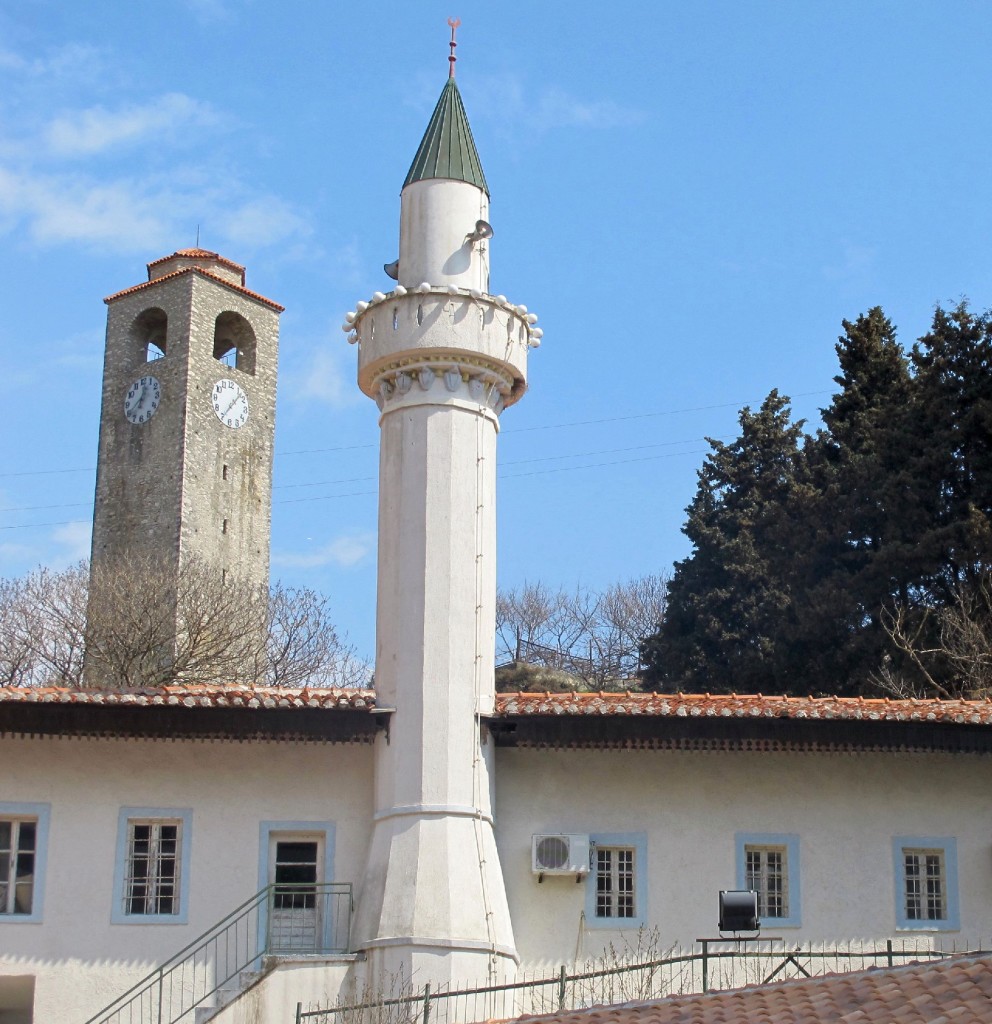 This area was put under special protection and the trees are now cultivated by their owners. Several olive mills in town produce excellent olive oil and it is really worthwhile to buy a bottle, although the extra virgin oil is quite expensive.
This area was put under special protection and the trees are now cultivated by their owners. Several olive mills in town produce excellent olive oil and it is really worthwhile to buy a bottle, although the extra virgin oil is quite expensive.
Ulcinj and its surroundings: Velika Plaža (Long Beach); the Salinas – a bird reserve where you can discover flamingos and pelicans -, the naturist island of Ada Bojana and the Bojana river with its charming fish restaurants are only some places you should visit, if you decide to spend a day in the most southern town of the Montenegrin Coast. I can assure you: it is a great experience!
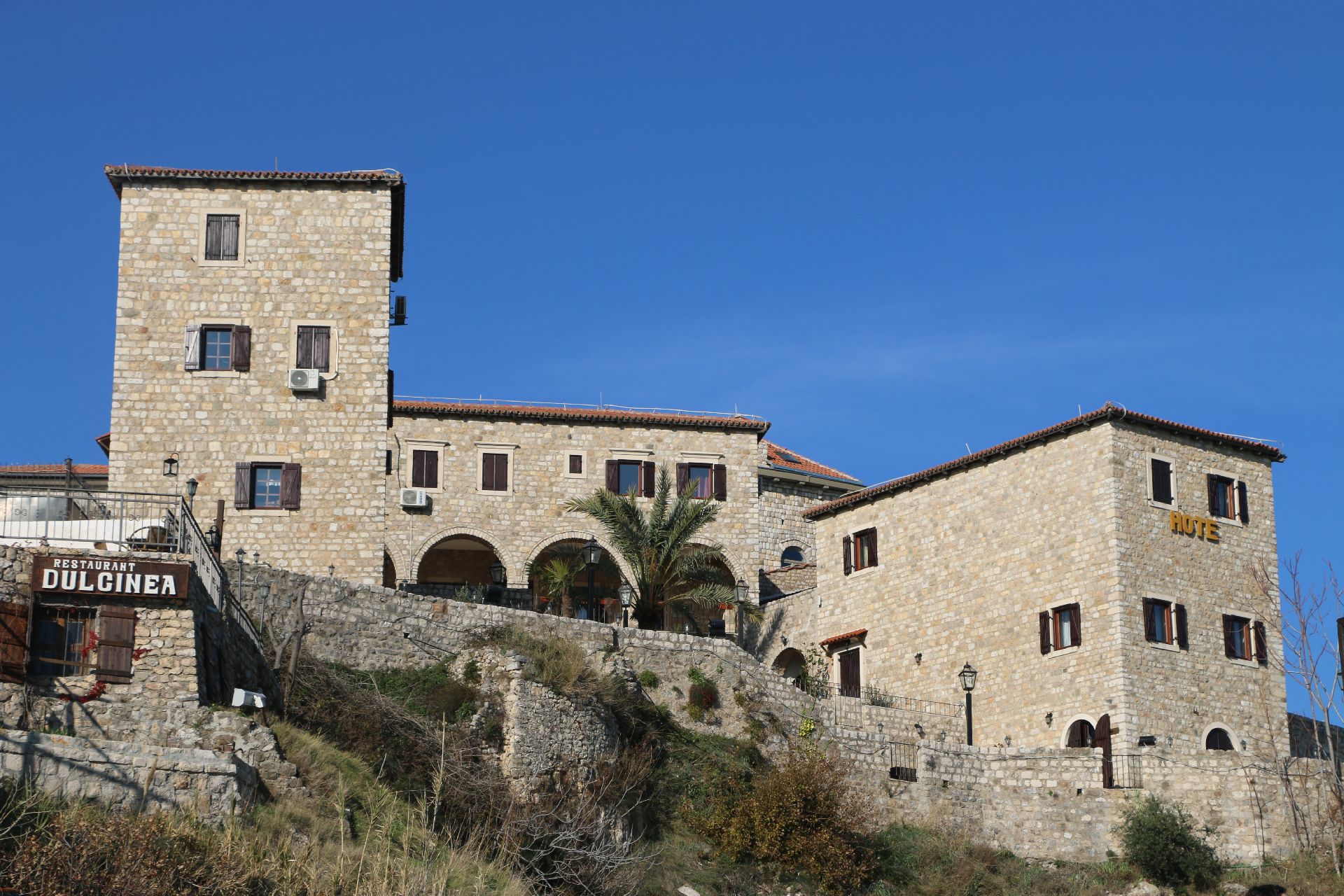
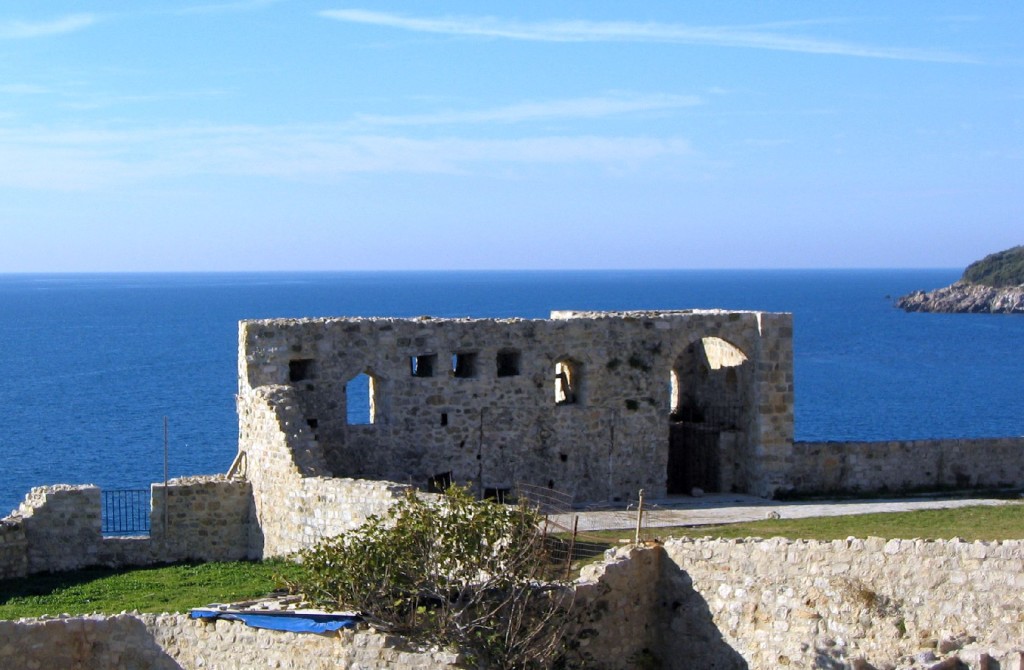
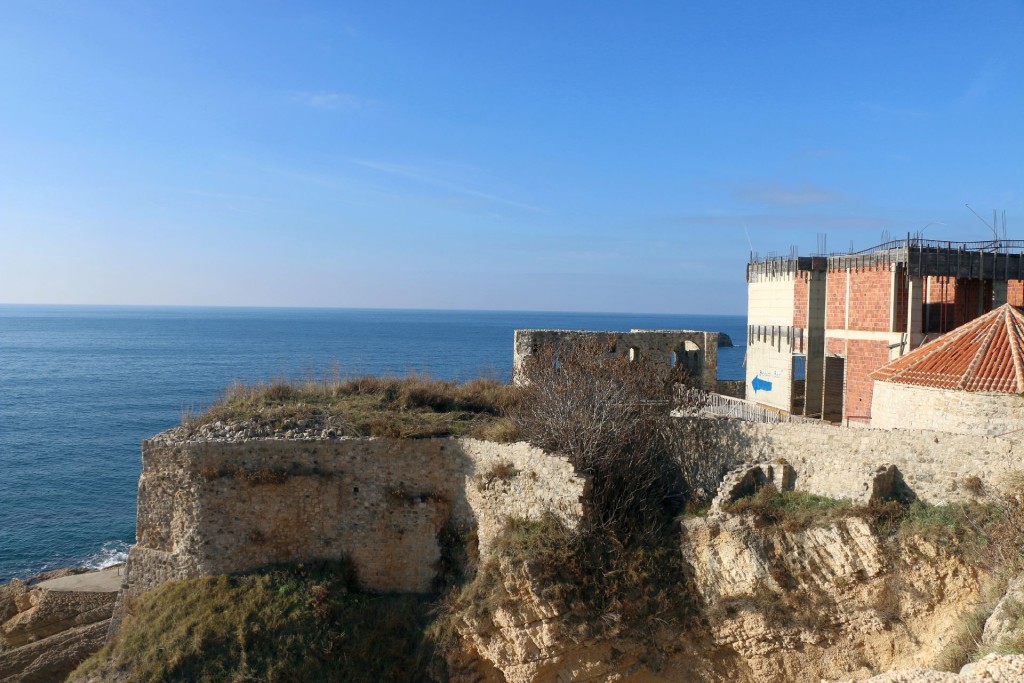
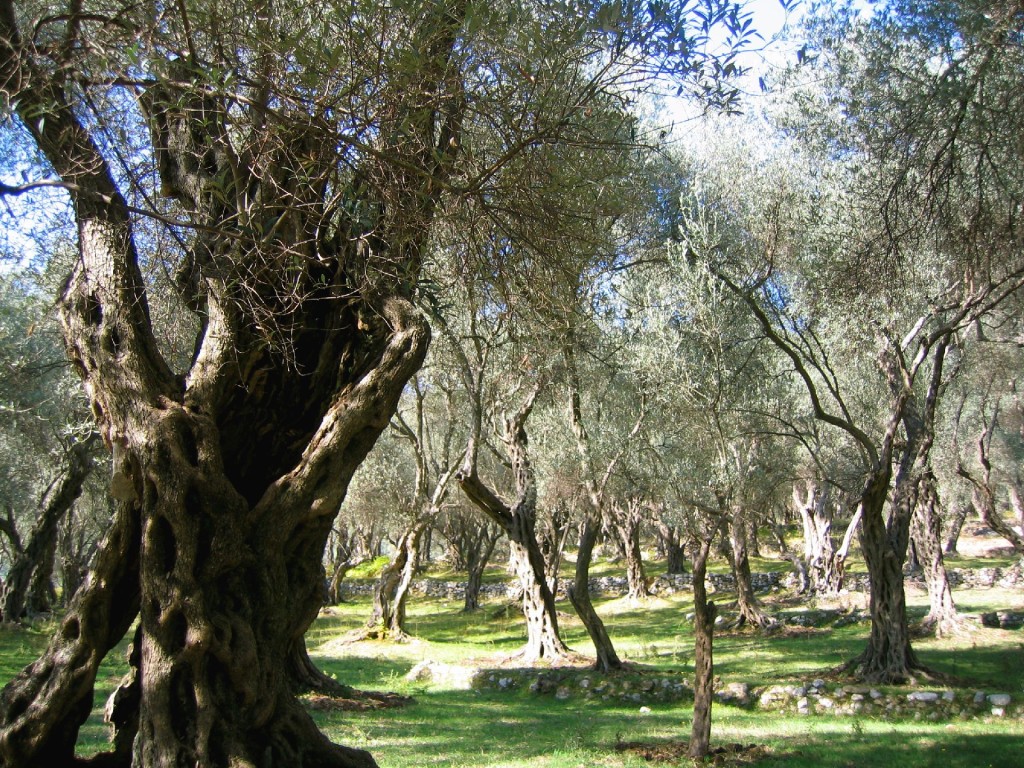
Come back in early summer.. villabojana.com in ulcinj (near exit to Ada Bojana)..
[…] old citadel-fortress (“Kalaja”) is an important cultural-historical monument (see: ULCINJ OFF-SEASON). Exploring the narrow cobbled streets and charming squares, you will find a small museum with a […]